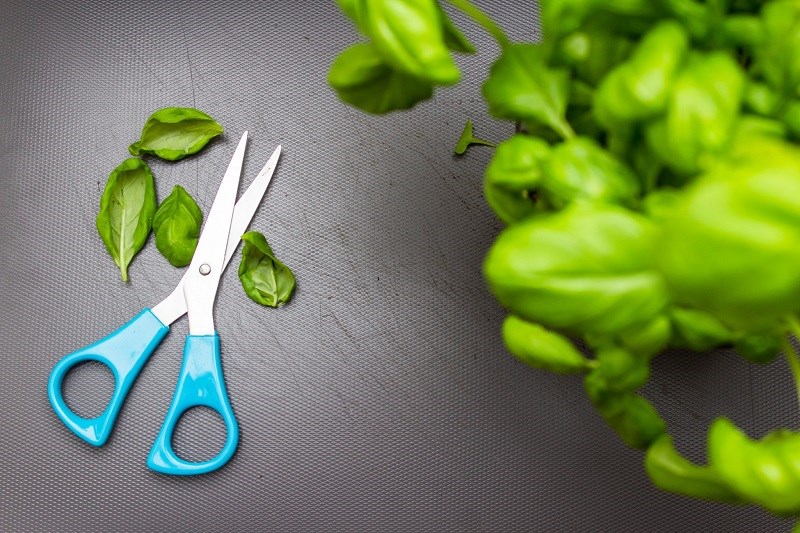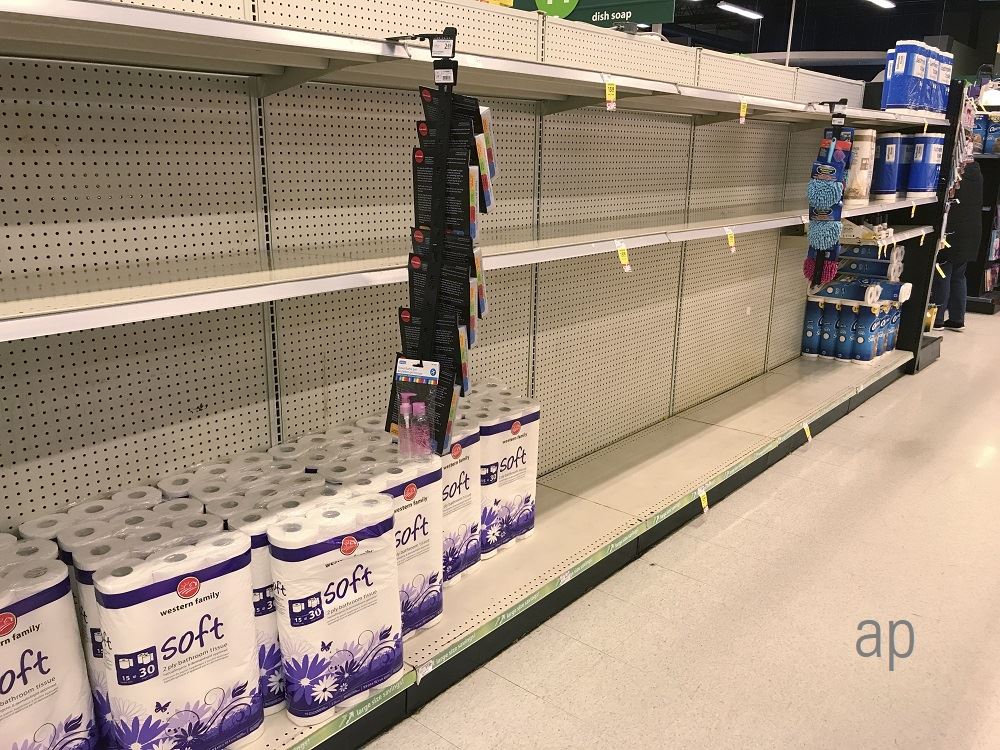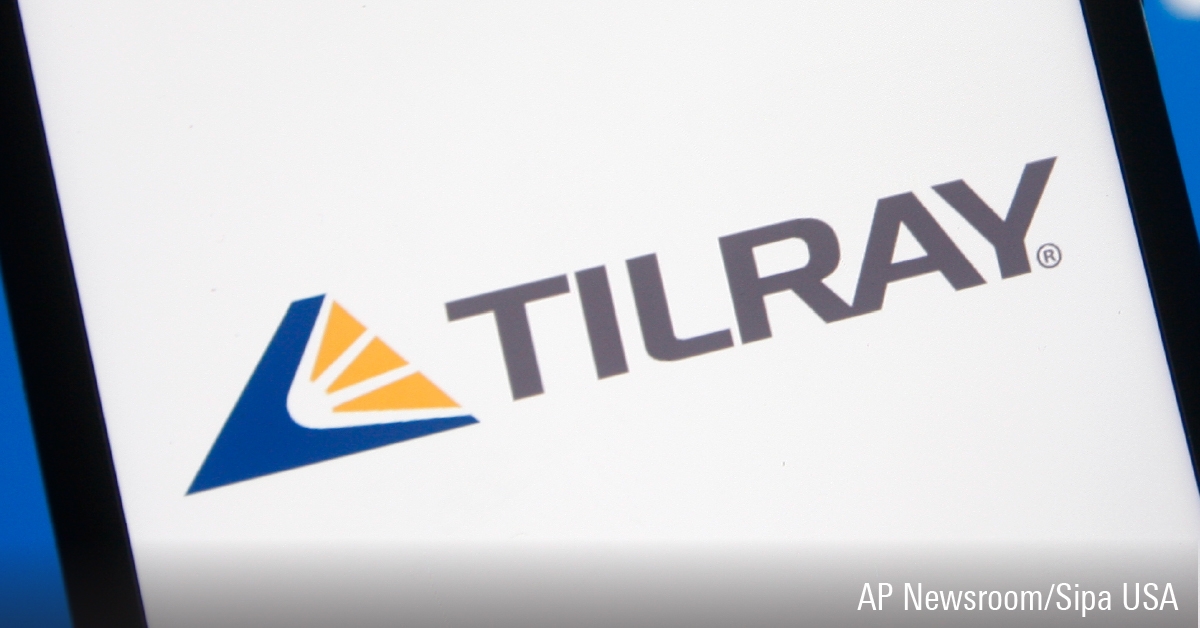
Editor's note: Read the latest on how the coronavirus is rattling the markets and what you can do to navigate it.
Our readers love hearing about dividends. Dividend growth, cuts, raises, buybacks, all are top of mind for income seekers. To be fair, the past decade has seen exponential growth in dividends, with Canada topping global charts for dividend growth in multiple quarters.
But it looks like the party has come to an end – or has it? It's undoubtedly a challenging market for dividend investors, but with the Bank of Canada cutting interest rates income in the equity markets have become more attractive than cash and bonds.
The market is rich with opportunity, but you do have to trade carefully right now, Dan Lefkovitz, strategist in the Morningstar Index team recently told Holly Black, Morningstar UK’s senior editor. “We know that dividend stocks are far from risk free. In today's market environment, economic downturn is imminent, and it will hurt many dividend payers. We saw this during the last financial crisis, a lot of dividends were cut during the Global Financial Crisis of 2008. So, the overarching message I'd send is you have to be very selective when you're approaching dividend stocks,” Lefkovitz said.
When selecting stocks, dividend or otherwise, a methodical process is likely to garner the best result, one that acknowledges the risk of individual stocks, but also the effect on the entire portfolio, points out Les Stelmach, SVP and portfolio manager at Franklin Templeton Canada.
The market has certainly tried to discount economic risk across the board and in some instances it has likely overcorrected in a long term context. Our process involves drilling down on a company by company basis to think through the risks and challenges of each business to determine to what extent risks are priced in. Our portfolio positioning was defensive going into this downturn, but an investor needs to be cognizant of the shifts in asset prices and also the change in business prospects given government mandated stay-at-home advisories and economic stimulus,” he says.
What happens to dividend growth?
“In the short term, dividend growth is certainly going to slow for the market as a whole. Some individual sectors, most notably Energy and Industrials, have already seen outright dividend cuts, suspensions, or eliminations, as companies seek to preserve cash and liquidity,” Stelmach says. He points out that even for companies whose businesses are very resilient with contractual or durable cashflows, prudence on the part of Boards of Directors will likely lead to more companies forgoing dividend increases.
“This is not a situation unique to Canada. In the medium to long term, I think dividend growth levels will likely return to historical averages, just as we saw following previous periods of market disruption, like the global financial crisis in 2008,” he says.
Can I avoid cuts?
One could argue that more than growth, investors who reply on dividends for current income fear dividend cuts. While it would be imprudent to try and predict which companies will cut dividends and by how much, there are some ways to avoid the worst.
Lefkovitz recommends that the first thing to do is avoid is chasing yield at all costs. “You may see attractive looking yields in sectors like energy, basic materials, financial services, consumer cyclicals, but you also have to be aware of dividend traps, companies that throw off an attractive yield that's ultimately unsustainable. Some of these stocks are attractive, but you don't want to sacrifice long-term total return at the expense of short-term incomes,” he warns.
He also warns against relying too much on historical dividend paying history. “Track record will only get you so far in this kind of environment. A company can be a dividend champion on paper until it isn't,” he says.
One measure Morningstar Indexes use to gauge likelihood of cuts is “Distance to default”. It is a measure of financial health that gauges the likelihood that a firm's liabilities will exceed its assets, and in which case the dividend will certainly be at risk.
“What's unique about distance to default is that incorporates market information. It looks at a company's equity value, the volatility of a company's equity value, because markets can be leading indicators. The market can sniff out financial deterioration long before the numbers show up in financial statements,” Lefkovitz explains. He recently looked at 15 years' worth of data and found that across geography, and across time period, companies that had better distance to default scores were more likely to sustain their dividends and companies that had worse distance to default scores were more likely to cut.
Stelmach focuses on prudent capital allocation. He explains that if a company is experiencing a cashflow reduction due to perceived temporary factors, management may first elect to reduce capital spending and preserve the dividend. If that foregone growth capital is for projects that no longer make economic sense, that is fine, but if the business is being starved of capital and the balance sheet is eroding, only to preserve an unsustainable dividend, that is more of a red flag, he says.
How should income investors play this market?
“If you are an investor in equity markets and looking for income stability, I would recommend looking for companies in defensive sectors with good balance sheets and a more stable cash flow outlook. Stable cash flows more often arise from businesses with contracted cashflows (like pipelines, telecoms or REITs) but also businesses in “needs sectors” such as Consumer Staples and businesses that operate within regulatory moats like the Canadian banks,” Stelmach says. He also warns investors to always be aware of financial leverage. Businesses experiencing a cashflow shock that don’t have ample liquidity are more likely to sacrifice the dividend.
Remember, as Morningstar Canada’s head of investment management Michael Keaveney says, “Indeed, in the long run, our research indicates that the cash flows that corporations supply, including payouts in the form of buybacks as well as dividends, are the ultimate drivers of stock returns.”




















